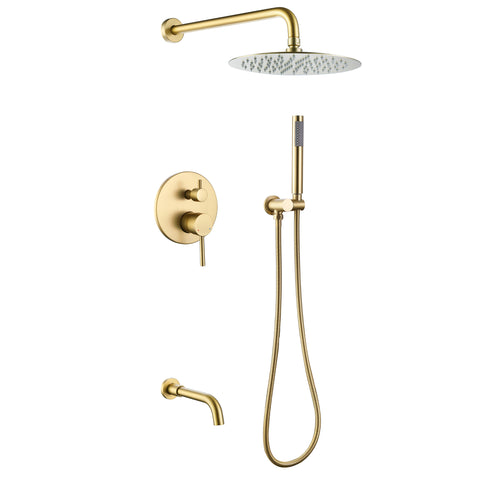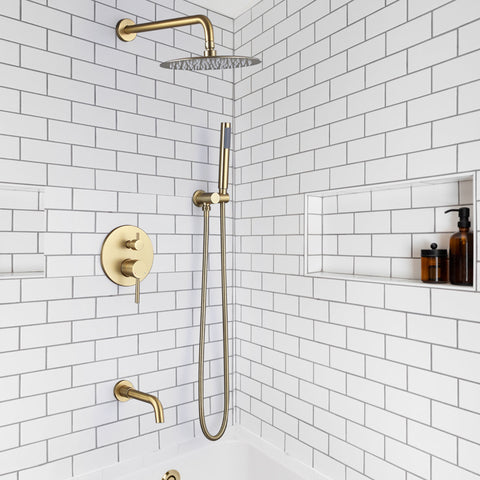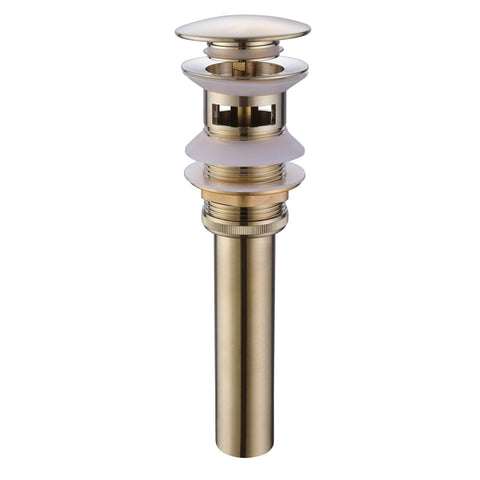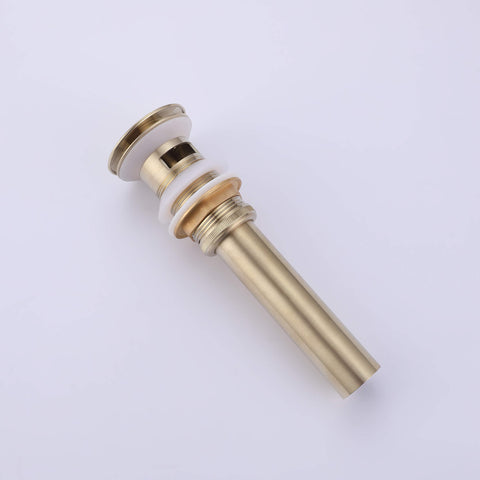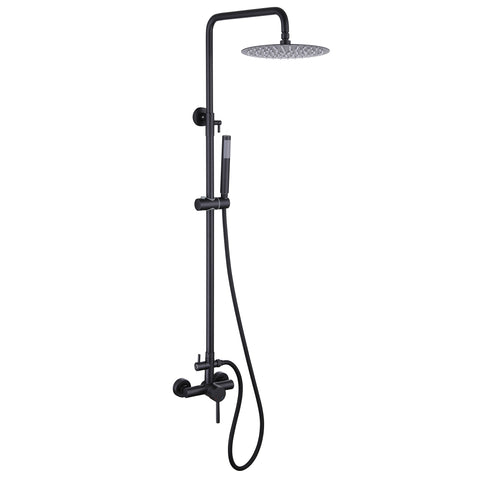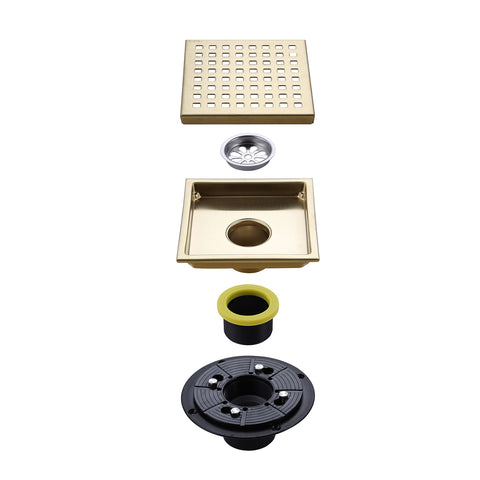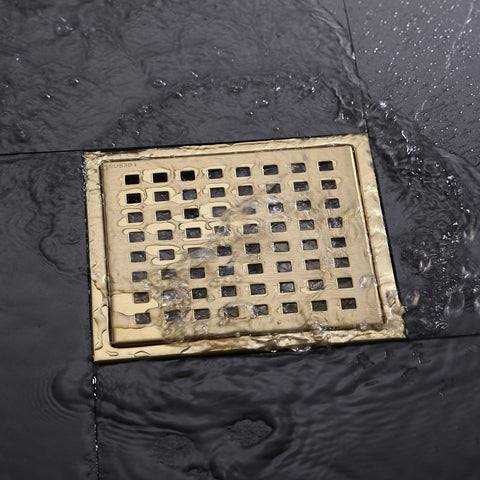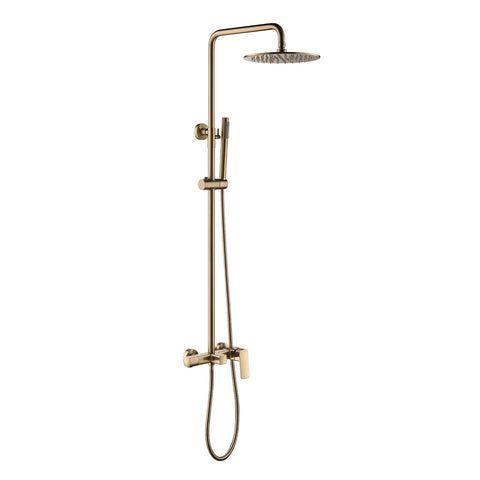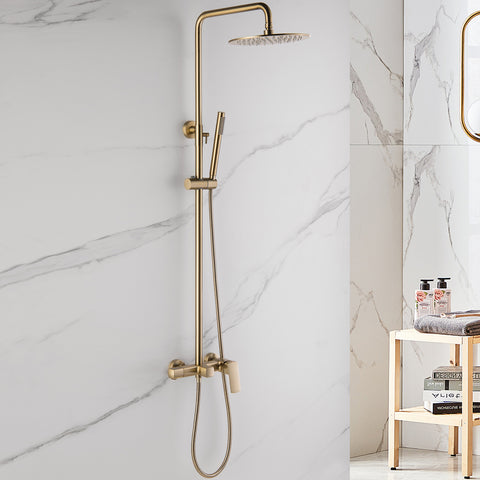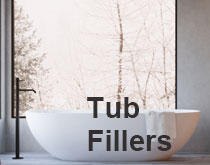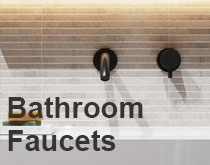How To Repair a Solid Surface Bathtub?
Repairing scratches in solid surface bathtub material, such as acrylic or fiberglass, can be a manageable DIY task, provided you follow the right steps and use appropriate tools. The key is to carefully sand the surface and then polish it to restore its original luster.
Understanding the Material
Before beginning, it's important to understand the material of your tub. Solid surface materials like acrylic and fiberglass are popular for their durability and ease of maintenance. However, they can still get scratched or damaged over time.
Assessing the Damage
Start by assessing the depth and extent of the scratches. Fine scratches can be easily dealt with using fine-grit sandpaper, while deeper scratches may require starting with a coarser grit and gradually moving to finer grits.
Tools and Materials
You will need:
- Sandpaper (ranging from coarse to fine grit)
- A sanding block or a power sander
- A clean, soft cloth
- Polishing compound
- Water (for wet sanding, if applicable)
Step-by-Step Guide
- Clean the Area: Ensure the tub is clean and dry before starting the repair process. Any dirt or debris can affect the sanding process.
- Start with Coarser Grit: If the scratch is deep, start with a coarser grit sandpaper (like 600 grit). Sand the scratched area gently in a circular motion. Avoid putting too much pressure as it can create more scratches.
- Progress to Finer Grits: Gradually move to finer grit sandpapers (800 to 1000 grit, and then 2000 grit). This helps in smoothing the surface and preparing it for polishing.
- Wet Sanding Option: For a smoother finish, you can opt for wet sanding. Use water to wet the surface and the sandpaper. This method helps in reducing dust and achieving a finer finish.
- Wipe and Dry: After sanding, wipe the area with a damp cloth to remove any dust and let it dry completely.
- Polishing: Apply a small amount of polishing compound to the area and buff it with a clean, soft cloth until you achieve a glossy finish.
- Final Clean: Clean the area again to remove any residual compound.
Tips for Best Results
- Always sand in a circular motion to avoid creating more scratches.
- Be patient and take your time moving through the different grits of sandpaper.
- Ensure proper ventilation and wear a mask to avoid inhaling dust.
- Test the sandpaper and polishing compound on a small, inconspicuous area first to ensure it doesn’t damage the surface.
Conclusion
Repairing scratches in solid surface tub materials is a straightforward process that can restore the look of your tub effectively. With the right tools and techniques, you can achieve professional-looking results. Regular maintenance and careful use can help in minimizing the occurrence of such scratches in the future.
